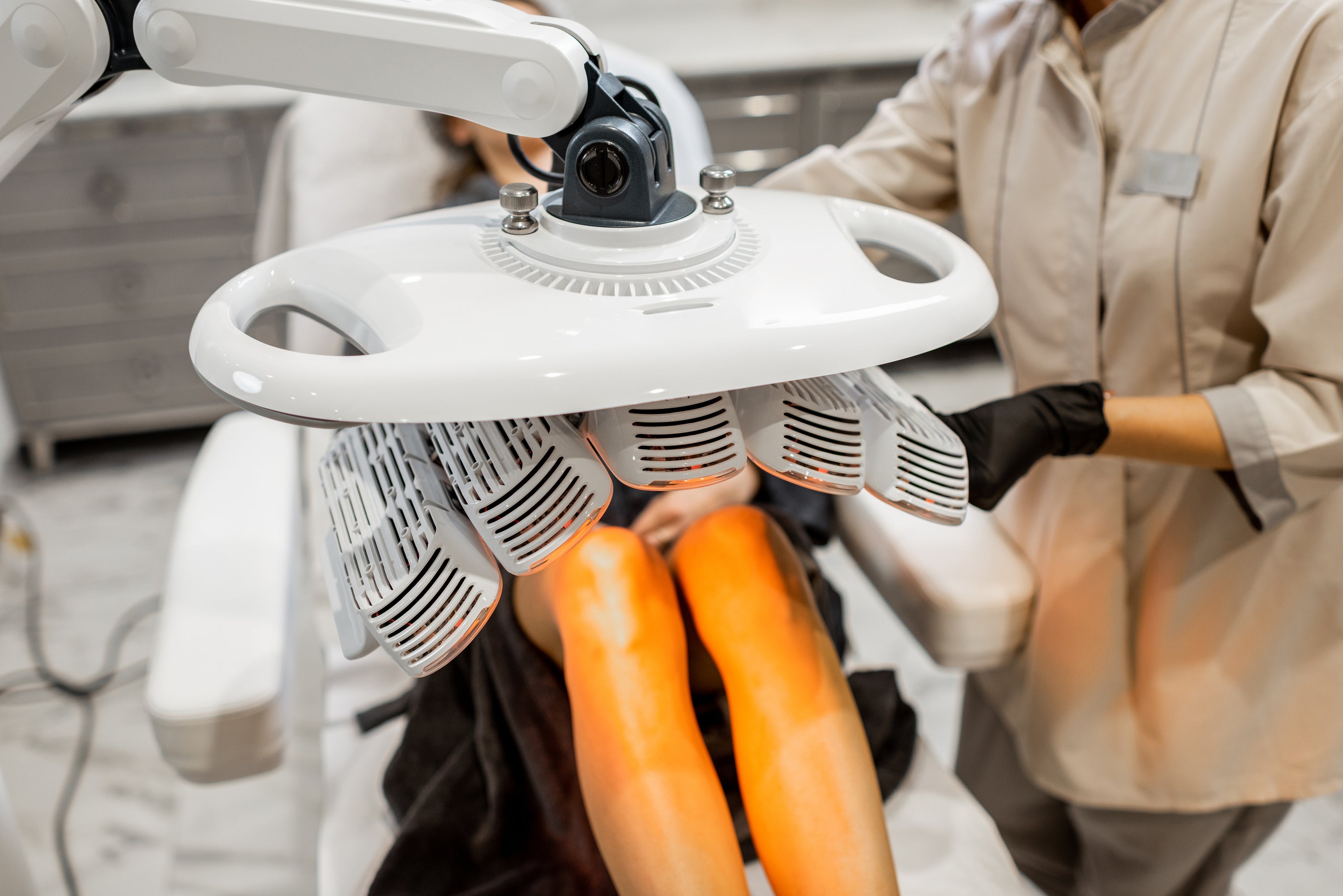Introduction:
Chronic pain can be a constant burden, affecting various parts of the body such as the neck, back, joints, and feet. Managing chronic pain effectively is crucial for individuals seeking relief. In recent years, a unique approach involving the use of specific light wavelengths, particularly 660nm and 850nm, has gained attention for its potential in pain management and wound care, especially among diabetic individuals. In this blog post, we will explore how these wavelengths can support chronic pain relief and aid in wound healing. So let's dive in!
Understanding the Power of Light:
Light therapy, also known as photobiomodulation, is a non-invasive technique that utilizes specific wavelengths of light to stimulate natural healing processes in the body. Two primary wavelengths, 660nm (red light) and 850nm (near-infrared light), have shown promising results in pain management and wound care.
660nm: The Soothing Red Light:
Red light at a wavelength of 660nm has been found to penetrate superficially into the skin, making it effective for targeting pain in the neck, back, joints, and feet. It has been shown to promote the release of endorphins, which are natural pain-relieving compounds in our bodies [1]. Furthermore, red light therapy can enhance circulation and reduce inflammation, leading to improved tissue repair and reduced pain [2].
850nm: The Healing Near-Infrared Light:
Near-infrared light at 850nm has greater tissue penetration compared to red light. This makes it particularly useful for deeper pain relief in joints and muscles. Near-infrared light has been shown to stimulate the production of nitric oxide, a molecule that helps improve blood flow and promote tissue healing [3]. By increasing blood circulation and reducing inflammation, near-infrared light can aid in pain management and support the healing process.
Chronic Pain Management:
Managing chronic pain goes beyond just light therapy. Here are some additional strategies to consider:
1. Exercise: Engaging in low-impact exercises, such as swimming or walking, can help strengthen muscles, improve flexibility, and alleviate pain [4].
2. Heat and Cold Therapy: Applying heat or cold packs to affected areas can help reduce pain and inflammation. Heat therapy is typically beneficial for chronic pain, while cold therapy can be useful for acute pain or flare-ups [5].
3. Relaxation Techniques: Practices like deep breathing, meditation, and yoga can help reduce stress, which is known to exacerbate chronic pain [6].
Wound Care for Diabetic Individuals:
Diabetic individuals may face challenges in wound healing due to reduced circulation and compromised immune function. In addition to light therapy, the following steps can support wound care:
1. Maintain Good Blood Sugar Control: Managing blood sugar levels within the target range can help enhance wound healing and prevent complications [7].
2. Proper Wound Cleaning and Dressing: Keeping the wound clean and protected from infection is essential. Consult a healthcare professional for guidance on appropriate wound care techniques [8].
3. Healthy Nutrition: Eating a balanced diet rich in protein, vitamins, and minerals supports overall healing and wound recovery [9].
Conclusion:
Incorporating light therapy with specific wavelengths like 660nm and 850nm can offer significant relief for chronic pain in the neck, back, joints, and feet. These non-invasive techniques have shown potential in managing pain and promoting healing. However, it's important to remember that chronic pain management and wound care are multifaceted approaches. Combining light therapy with other strategies, such as exercise, heat/cold therapy, and relaxation techniques, can provide comprehensive relief.
Remember to consult with a healthcare professional before starting any new treatment or therapy, especially if you have any pre-existing medical conditions.
References:
1. [Endorphins and Pain Relief](https://www.ncbi.nlm.nih.gov/pmc/articles/PMC3192111/)
2. [Photobiomodulation for Pain Relief](https://www.ncbi.nlm.nih.gov/pmc/articles/PMC3699878/)
3. [Nitric Oxide and Tissue Healing](https://pubmed.ncbi.nlm.nih.gov/21494897/)
4. [Exercise for Chronic Pain](https://www.ncbi.nlm.nih.gov/pmc/articles/PMC5926448/)
5. [Heat and Cold Therapy for Pain Relief](https://www.ncbi.nlm.nih.gov/books/NBK554498/)
6. [Relaxation Techniques for Pain Management](https://pubmed.ncbi.nlm.nih.gov/31032972/)
7. [Wound Healing in Diabetes](https://www.ncbi.nlm.nih.gov/pmc/articles/PMC4549688/)
8. [Wound Care Basics](https://www.ncbi.nlm.nih.gov/books/NBK513249/)
9. [Nutrition and Wound Healing](https://www.ncbi.nlm.nih.gov/pmc/articles/PMC4190345/)
Disclaimer:
This blog is for educational and entertainment purposes only. It is not intended to be used for medical diagnosis, treatment or prevention of any disease, illness or health issue.


